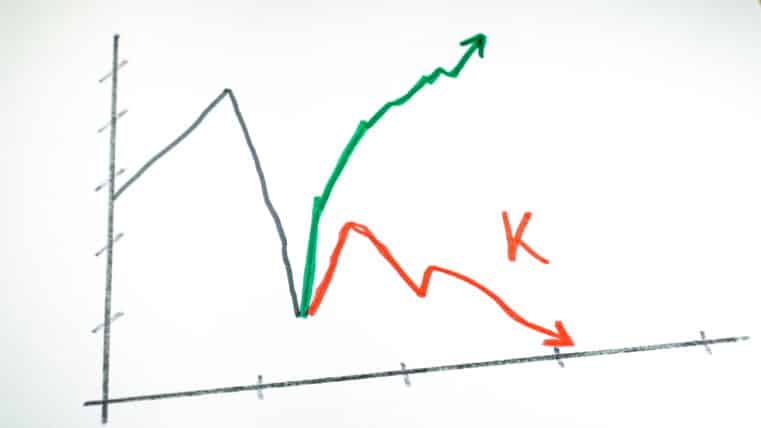
Your Financial Planner May Be Misleading You About U.S. Bonds: The “Safe Haven” Myth Is Cracking
For decades, Wall Street salesmen—dressed up as “financial planners”—have pushed U.S. Treasuries as the ultimate safe investment. They promise “zero default risk,” and technically, they’re right: Washington can always print more dollars to pay you back. But here’s the catch they won’t emphasize—being paid back in dollars that have been gutted by inflation is no victory. A government check that buys half the groceries it once did is no safer than a check that never arrives.
The Treasury’s “risk-free” label is a magician’s misdirection. Yes, the principal is backed by the full faith and credit of the U.S. government, but that’s only half the story. The other half is a ledger full of vulnerabilities—many of them accelerating.
1. Inflation & Interest Rates: The Erosion You Don’t See on Your Statement
In the last three years, inflation hasn’t just ticked higher—it’s roared. The official CPI figures, already massaged into submission by the Bureau of Labor Statistics, still show price growth that shreds the real return of fixed-interest bonds. At 3–4% inflation, your so-called “safe” 10-year bond yielding 4.6% nets you essentially nothing after taxes.
And when the Fed pushes interest rates up to fight that inflation, bond prices sink. That’s not theory—that’s basic bond math. Long-duration Treasuries have been clobbered over the past two years, some losing over 30% of their market value. In real terms, that’s worse than the average S&P 500 drawdown during recessions.
Counterpoint to the sales pitch: Financial advisors like to parrot “just hold to maturity.” Sure—you’ll get your principal back. But in the meantime, you’ve lost liquidity, flexibility, and purchasing power. And if rates rise again, the bond’s resale value tanks even further.
2. Fiscal Woes & Investor Confidence: The Elephant in the Room
The U.S. debt-to-GDP ratio is careening toward 116% by 2034, according to official CBO projections. That’s assuming no war, no pandemic, no recession—just “normal” government overspending. Add a crisis or two, and we could breach 130–150% well within our lifetimes.
History offers an ugly warning here: Japan’s debt-to-GDP exploded past 200%, and their bond market now survives only because the central bank is the buyer of last resort—printing yen to buy government debt nobody else wants. That’s financial chemotherapy: it kills the cancer, but the patient never recovers.
Moody’s recent U.S. credit rating downgrade wasn’t symbolic—it was a flare shot into the night sky. A warning that the world’s largest debtor nation is no longer a guaranteed bet. Higher yields will follow, not because investors want more income, but because they demand hazard pay for lending to Washington.
3. Market Shifts: The Bond Vigilantes Are Back
In Q2 2025, $11 billion fled long-duration bond funds—the largest exodus since the early COVID panic. Investors aren’t buying the “safe haven” story; they’re quietly heading for the exits.
The 10-year yield at 4.6% and the 30-year over 5% isn’t just about the Fed—it’s the market voting “no confidence” in U.S. fiscal management. Historically, when bond vigilantes take control of yields, it’s the sovereign borrower—not the lender—that starts sweating.
A Reuters poll says long-term yields are expected to rise further, even if the Fed cuts short-term rates. Translation: the market doesn’t trust the Fed’s inflation fight, and it doesn’t believe the government’s debt is under control.
4. Liquidity & Demand: The Cracks in the Treasury Market
Quantitative tightening is like pulling blood out of a patient already short on oxygen. The Fed is reducing its Treasury holdings while the Treasury Department keeps issuing more debt to cover deficits. The math is brutal: more supply + less demand = falling prices and rising yields.
Foreign buyers—the quiet backbone of the Treasury market—are looking elsewhere. Trade tensions, inflation fears, and political dysfunction make Treasuries a harder sell in Beijing, Tokyo, and Riyadh. They’re not dumping U.S. bonds overnight, but the slow bleed of reduced buying will keep pressure on yields for years.
5. Political Interference & Data Manipulation: The Last Safety Net Under Attack
Treasury Inflation-Protected Securities (TIPS) were supposed to be the antidote to inflation’s corrosive effect. But TIPS only work if the government’s CPI numbers are honest. And they’re not. Over the years, the BLS has “adjusted” inflation methodology to consistently understate real cost-of-living increases.
If you can’t trust the inflation data, you can’t trust TIPS. This isn’t a conspiracy theory—it’s documented policy shifts. Every tweak to CPI calculation conveniently trims reported inflation, lowering both Social Security COLA adjustments and TIPS payouts. The fox is guarding the henhouse, and the hens are running out of feathers.
Bottom Line: The Safe Haven Is Surrounded
Your financial planner might still pitch Treasuries as “risk-free,” but in today’s environment, that phrase means “free from default risk,” not “free from losing money.” Between inflation, rising rates, ballooning debt, weakening foreign demand, and questionable data integrity, U.S. bonds are a safety illusion propped up by habit and marketing.
The American bond market has been the backbone of global finance for over a century. But the vertebrae are cracking. And when the spine goes, the whole body of the financial system collapses with it.











